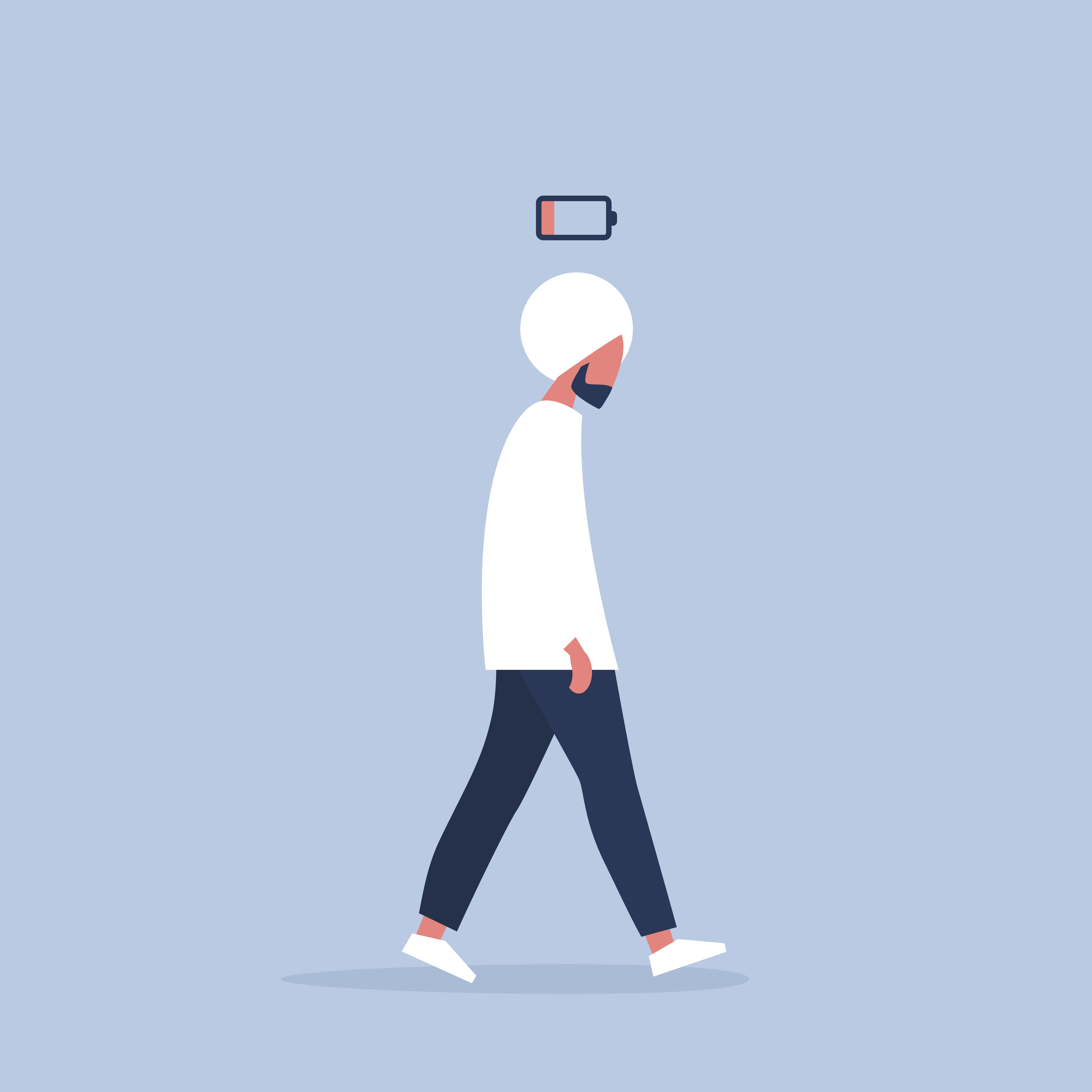Articles Tagged: Consumer health
Articles & Features
SECTION: Features
Understanding the Role of AI in Helping University Students Manage Their Psychological Wellbeing
University students face numerous challenges in maintaining their psychological wellbeing. How can we leverage emerging AI tools and algorithms to help them navigate these challenges?
By Ananya Bhattacharjee, October 2024
SECTION: Features
Brain-Load, Stress Levels, and Visual Complexity: Digital Tools for the Detection of Intangible Human-Environment Interactions
How does the built environment affect our brain? The way we perceive our environments plays a crucial role in how our brains respond to cognitive load. Understanding the impact of spatial complexities on our cognitive processes could inform future design guidelines for more responsive environments.
By Mirna Zordan, Seungwoo Je, May 2024
DEPARTMENT: Back
Humanoid Robots in Healthcare: Synergy of Empathy and Innovation
By Zhongxuan He, October 2023
SECTION: Features
Twitter, COVID-19, and disability
At the onset of the COVID-19 pandemic, people looked to scientists and other leaders to understand the rate at which the virus spread. Much of this information, however, was not accessible to everyone.
By Stephanie Valencia, Lynn Kirabo, January 2022
Addressing the root of vaccine hesitancy during the COVID-19 pandemic
As pressure continues to mount on social media platforms to address the spread of vaccine misinformation, we aim to look at solutions to the rise in vaccine hesitancy. But to truly address vaccine misinformation and hesitancy, we need to address the underlying issues with trust in large institutions and inequity in healthcare.
By Kolina Koltai, Rachel E. Moran, Izzi Grasso, January 2022
Face masks are essential to prevent the spread of airborne diseases like COVID-19
The COVID-19 pandemic still affects us all. But how much can we rely on social distancing and face masks to protect ourselves?
By Simone Bianco, Sara Capponi, January 2022
The power of open-source hardware in crisis
Could open-source solutions provide a crucial layer of defense for the future of pandemic-ready and disaster-resilient supply chains?
By Alex Long, January 2022
SECTION: Features
Designing technology that promotes users' digital wellbeing
Existing tools for digital self-control strongly rely on users' self-regulation strategies and capabilities. Recent work, however, highlights the importance of proactively assisting users in learning how to use technology through customizable and adaptable interventions.
By Alberto Monge Roffarello, Luigi De Russis, September 2021
Sleep, health, productivity, and the double-edged sword of technology
While technology has traditionally impaired sleep, it also has the potential to enable and reframe sleep as a productivity and health booster.
By Stephen M. Mattingly, September 2021
Current practices in mental health sensing
The ubiquity of smartphones and wearables makes it an attractive option to passively study human behavior. We explore the current practices of using passive sensing devices to assess mental health and wellbeing, including the limitations and future directions.
By Subigya Nepal, Weichen Wang, Bishal Sharma, Prabesh Paudel, September 2021
Toward a more empathic relationship between humans and computing systems
How might computing support us in becoming our better, more emotionally resilient selves? We explore this in an interview with the team from Microsoft Research's Human Understanding and Empathy group.
By Xuhai Xu, Karan Ahuja, Jasmine Lu, Mary Czerwinski, Jina Suh, Gonzalo Ramos, September 2021
SECTION: Features
Will digitization harm or help workers in healthcare?
Some worry that digitization leads to replacement of human labor in healthcare, thus leading to a decline in the demand for medical personnel's skills. What lessons can we draw from previous waves of automation?
By Sofia Hernnäs, April 2020
Designing self-monitoring data for chronic care
When a self-monitoring tool is developed and implemented in chronic care nurses' work, it changes the way nurses accomplish their work, creating new requirements. This article is based on a design ethnographic study that helps us understand the implications of these changes.
By Kateřina Černá, April 2020
Thermalytix
Using artificial intelligence, and an oft-ignored modality, an Indian startup develops an affordable, accessible, and non-invasive breast cancer screening solution.
By Siva Teja Kakileti, Himanshu Madhu, Thara Subramoni, Geetha Manjunath, April 2020
Gerontechnology, digitalization, and the silver economy
Digitalization in healthcare is posed to change the way the older population is treated, the way health workers relate to them, and the participation of computing professionals in the mix.
By Peter Anderberg, April 2020
DEPARTMENT: Blogs
Positive computing: a novel research field to promote human well-being
After decades of remarkable leaps and bounds, is technology really helping to increase society's well-being?
By Gustavo Fortes Tondello, June 2017
SECTION: Features
Quantified performance
A look at how athletic performance can be measured outside of the laboratory.
By Christina Strohrmann, Gerhard Tröster, December 2013
Fitness trackers
Digital activity sensors are no longer confined to research labs; they're in the wild and they come in lime green. They offer the promise to improve our health and even to affect the ways that we interact with others.
By Andrew Miller, December 2013
Toward smartphone assisted personal rehabilitation training
When utilizing internal sensors, modern smartphones are inexpensive and powerful wearable devices for sensor data acquisition, processing, and feedback in personal daily health applications.
By Gabriele Spina, Oliver Amft, December 2013
Capturing human motion one step at a time
The design, construction, and deployment of a pressure-enhanced IMU system that fits in the bottom of your shoe.
By Rolf Adelsberger, December 2013
mHealth @ UAH
New health care systems that integrate wearable sensors, personal devices, and servers promise to fundamentally change the way health care services are delivered and used.
By Mladen Milosevic, Aleksandar Milenkovic, Emil Jovanov, December 2013















